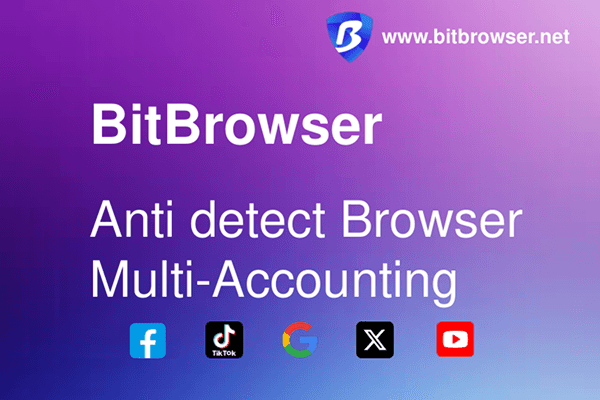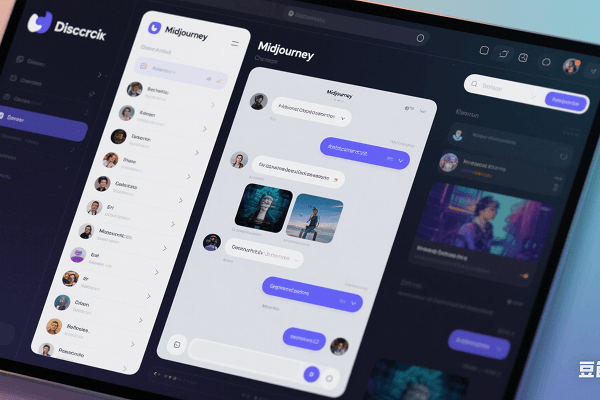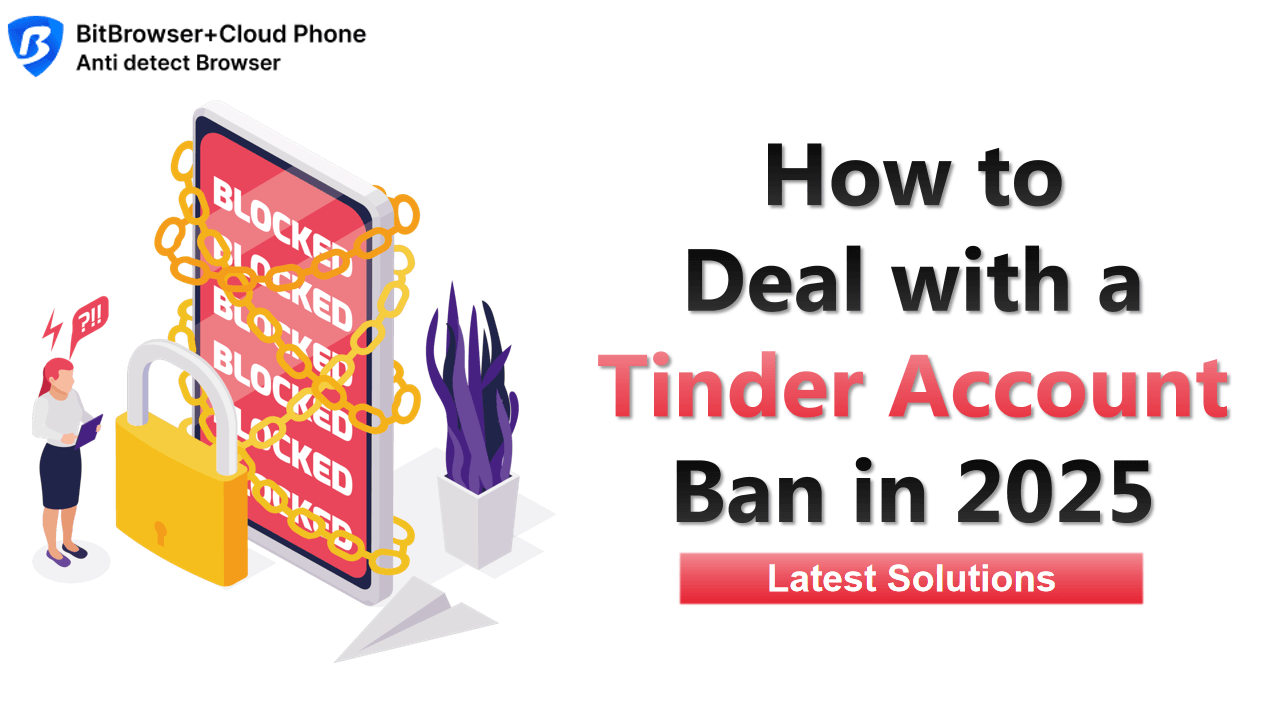


IPv6 proxy access is limited? Why mainstream platforms do not support IPv6
 2025.05.10 08:46
2025.05.10 08:46
Ⅰ. Why are IPv6 proxies frequently restricted? Analysis of key reasons
Although IPv6, as a new generation protocol, has massive address resources, its popularization still faces multiple obstacles. As of 2025, only about 45% of network services in the world fully support IPv6. The main reasons include:
1. High cost of infrastructure upgrade: It takes millions of dollars to transform the network architecture, and some cloud services, payment gateways, etc. are not adapted to IPv6.
2. Security policy restrictions: IPv6 addresses are easily used for DDoS attacks, and platform firewalls often filter unconventional protocol traffic by default.
3. Differences between regions and operators: The IPv6 penetration rate in Europe and the United States exceeds 60%, while it is only 35% in the Asia-Pacific region. Cross-border business is easily blocked due to regional policies or operator configuration conflicts.
Ⅱ. List of common platforms that do not support IPv6 (actual test in 2025)
According to the latest test of the BitBrowser Team, the following platforms still have IPv6 access restrictions:
1. Social media: TikTok (web), Twitter API, Pinterest media interface
2. E-commerce platform: Etsy payment gateway, Japan Rakuten logistics system, Carousell image server.
3. Financial payment: PayPal risk control system marks IPv6 as high risk, and TransferWise cross-border interface is only compatible with IPv4.
4. Streaming media: Hulu copyright detection node, DAZN live broadcast distribution server.
Note: Although some platforms such as Facebook and YouTube support IPv6, there may be compatibility differences between regional servers. It is recommended to use DNS Checker to detect AAAA records in real time.
III. Efficient solution: compatibility first + tool empowerment
1. Proxy type selection strategy
• Prioritize the use of IPv4 proxy: covering more than 90% of platforms to avoid triggering risk control. For example, BitBrowser recommends that IP service providers provide pure residential IP, supporting e-commerce, social media and other scenarios.
• Alternative NAT conversion technology: access restricted platforms through IPv6 to IPv4 gateway, but be aware that it may increase latency by more than 50ms.
2. Tool recommendation: BitBrowser
For multi-account operation scenarios, BitBrowser can significantly improve access security and efficiency:
• Multi-account isolation management: assign independent browser fingerprints (such as time zone, font, Canvas parameters) to each account, simulate the real device environment, and reduce the risk of association.
• Intelligent proxy configuration: support HTTP/Socks5 protocol, one-click binding IPv4 proxy IP, and achieve "one account, one IP". Actual measurement shows that with the BitBrowser recommended IP service provider, 80% of verification code pop-up windows can be reduced.
• RPA automated operation: built-in codeless script function, automatically complete repetitive tasks such as TikTok likes and e-commerce product listings, and improve operational efficiency.
• Dual-core engine: based on two browser kernels of Chromium and Firefox, flexibly adapt to anti-crawling strategies of different platforms.
IV. Operation Guide: 3 steps to achieve secure access
1. Detect IP type:
Confirm that the current proxy is in IPv4 format (such as 192.168.x.x) through WhatIsMyIP or ipleak.net.
2. Configure the Bitbrowser environment:
• Create an independent browser configuration file and fill in the IPv4 proxy information (host + port + account password).
• Enable the "Fingerprint Randomization" function to simultaneously modify 20+ parameters such as User-Agent and time zone.
3. Batch task execution:
Use the window synchronization function to publish content on multiple platforms such as Facebook and TikTok at the same time to avoid time-consuming manual operations.

V. Summary and Outlook
Although IPv6 is the future trend, cross-border business still needs to focus on compatibility at this stage. The "IPv4 proxy + fingerprint browser" combination solution can effectively break through access restrictions and ensure account security. It is recommended to pay attention to platform policy changes regularly and use tools such as BitBrowser to achieve long-term and stable operations.
Experience now: Go to the BitBrowser official website to download the client, register and get 10 free browser environments, and start an efficient cross-border journey.
 BitBrowser
BitBrowser
 Multi-Account Management
Multi-Account Management Prevent Account Association
Prevent Account Association Multi-Employee Management
Multi-Employee Management



